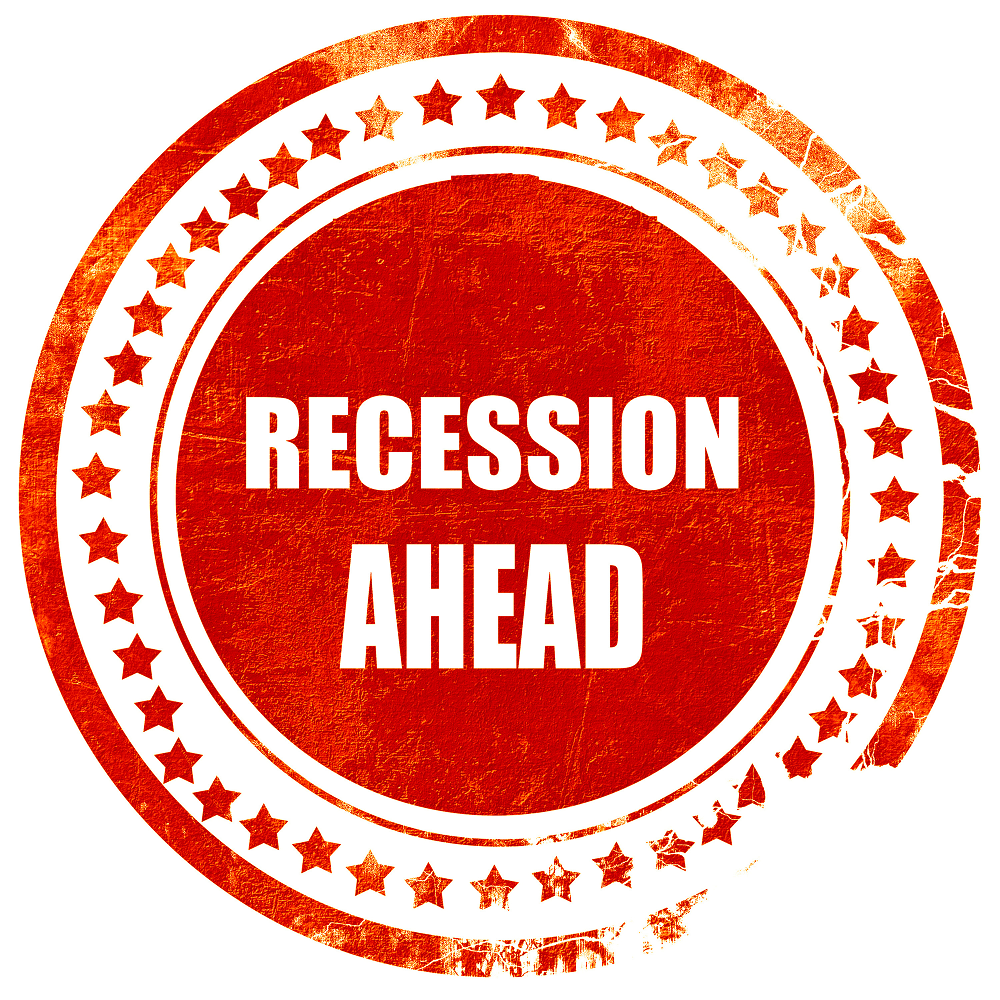In an evolving and complex world, is it possible for associations to become vital to the industries they serve? Today’s norm means slow or uncertain market growth, member expectations of direct return on engagement, and an emerging view that an association either drive or facilitate market disruption. As organizations consider these factors, is becoming a vital association too tall an order to fill?











